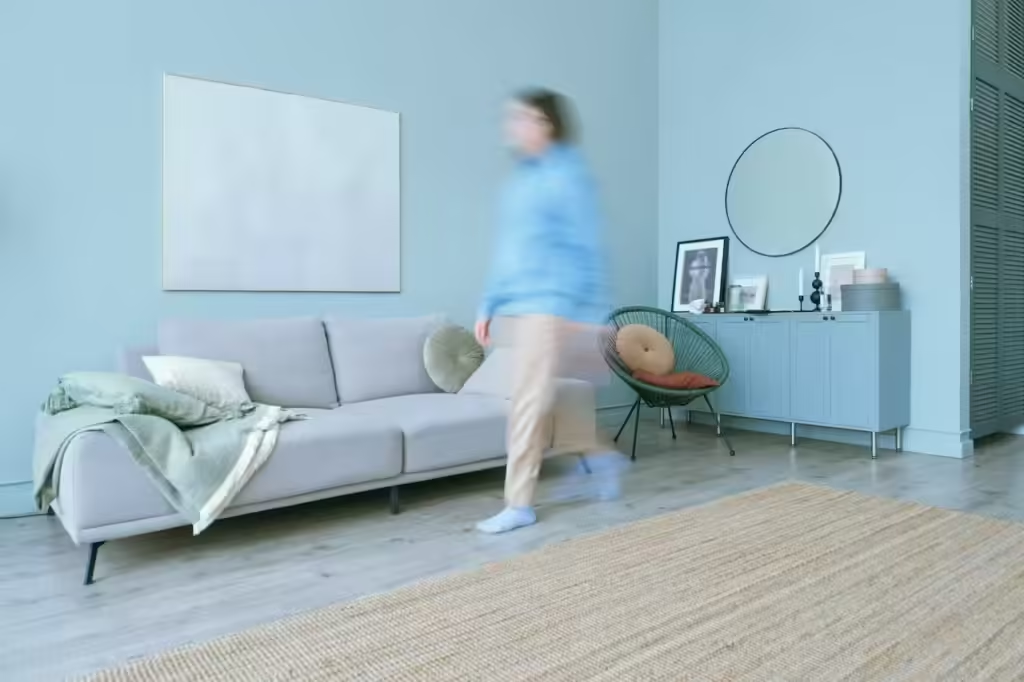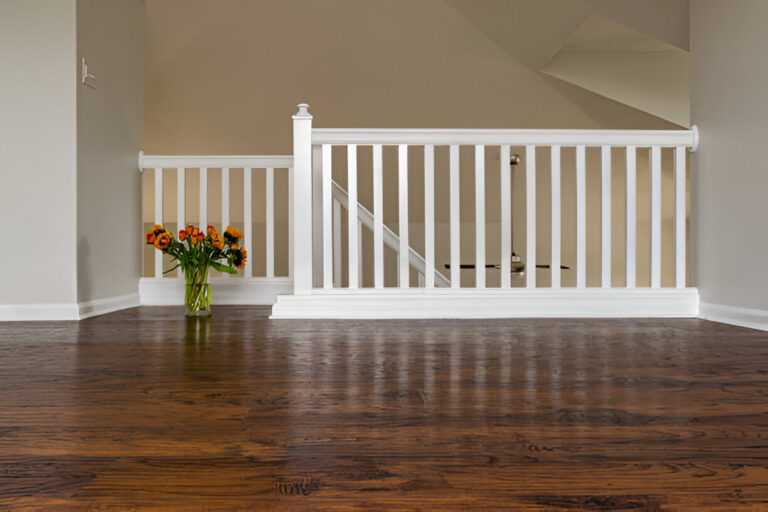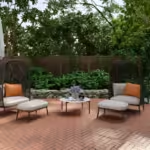Table of Contents
- Introduction to Home Decor
- Importance of Thoughtful Home Decor
- Overview of the Guide
- Step 1: Discovering Your Personal Style
- Identifying Inspiration Sources
- Creating a Mood Board
- Common Home Decor Styles
- Step 2: Choosing the Right Color Palette
- The Power of Neutrals
- Adding Pops of Color
- Harmonizing Colors with Your Style
- Step 3: Balancing Functionality and Aesthetics
- Designing for How You Live
- Selecting Functional Furniture
- Incorporating Storage Solutions
- Step 4: Adding Texture and Pattern
- Mixing Materials for Depth
- Using Patterns to Create Interest
- Layering Textures for a Cozy Atmosphere
- Step 5: Personalizing Your Space
- Displaying Artwork and Photos
- Incorporating Sentimental Items
- DIY Decor Projects for a Personal Touch
- Step 6: Finishing Touches
- The Role of Lighting in Home Decor
- Bringing Nature Indoors with Plants
- Choosing Decorative Accessories
- Common Mistakes to Avoid
- Overdecorating and Clutter
- Neglecting Functionality
- Ignoring the Importance of Measurement
- Conclusion
- Recap of Key Points
- Encouragement to Start Decorating
- FAQs
1. Introduction
Decorating your home is more than just arranging furniture or picking out paint colors—it’s about creating a space that reflects your personality, meets your needs, and makes you feel at ease. Whether you’re moving into a new house or looking to refresh your current space, the right approach to home decor can transform any room into a stylish and functional haven. In this guide, we’ll walk you through the essentials of decorating, from discovering your personal style to selecting the perfect color palette. Get ready to turn your house into a home that truly feels like yours.
2. Understand Your Home Decor Style
The first step in decorating your home is understanding your personal style. Your home should reflect who you are and what you love. Start by gathering inspiration from various sources:
- Pinterest: Create boards to collect images that speak to you.
- Magazines: Tear out pages that catch your eye.
- Home Decor Blogs: Explore different aesthetics and take note of what resonates with you.
Once you have a collection of ideas, look for patterns. Do you gravitate toward modern, rustic, or minimalist designs? Identifying your style will serve as the foundation for all your decorating decisions.
“Your home should tell the story of who you are, and be a collection of what you love.” — Nate Berkus
Recap: Understanding Your Style
| Task | Action Steps |
|---|---|
| Gather Inspiration | Use Pinterest, magazines, and blogs |
| Identify Patterns | Look for recurring themes and preferences |
| Define Your Style | Choose between modern, rustic, minimalist, etc. |
3. Start with a Neutral Base for Your Home Decor
A neutral color palette provides a versatile base that can easily be adapted over time. Start by painting your walls in soft, neutral shades like white, beige, or gray. These colors create a calm, inviting atmosphere and allow you to add color and texture through furniture, artwork, and accessories.
Pro Tip: When choosing neutrals, consider the natural light in each room. Warm tones work well in north-facing rooms, while cooler tones complement spaces with lots of sunlight.
Recap: Starting with a Neutral Base
| Color Palette | Recommended Shades |
|---|---|
| Warm Neutrals | Beige, cream, soft browns |
| Cool Neutrals | White, light gray, soft blues |
| Versatility | Easily adaptable with changing decor elements |
4. Focus on Functionality
Before you start decorating, consider how you use each room. Functionality should be a top priority, ensuring your space not only looks good but also meets your everyday needs.
- Living Room: Think about your lifestyle. Do you entertain often, or is this space more for relaxation? Choose furniture that supports your activities, such as a comfortable sofa for lounging or a large coffee table for gatherings.
- Kitchen: Focus on organization and ease of use. Invest in storage solutions like open shelving or a kitchen island that doubles as a prep space.
- Bedroom: Prioritize comfort. Choose a bed that provides good support and invest in quality bedding to create a restful environment.
“Form follows function—that has been misunderstood. Form and function should be one, joined in a spiritual union.” — Frank Lloyd Wright
Recap: Focusing on Functionality
| Room | Key Considerations |
|---|---|
| Living Room | Comfortable seating, entertainment-friendly |
| Kitchen | Organized storage, easy access to essentials |
| Bedroom | Comfortable bed, restful environment |
5. Layer with Texture and Patterns
To add depth and interest to your decor, incorporate a variety of textures and patterns. This technique is essential for creating a cozy and visually appealing space.
- Textures: Mix materials like wood, metal, and fabric. For example, pair a plush velvet sofa with a rustic wooden coffee table or add a chunky knit throw to your bed.
- Patterns: Use patterns to inject personality into your space. Start with small doses, like patterned throw pillows or a geometric rug, and gradually build up.
Pro Tip: When mixing patterns, stick to a consistent color palette to maintain cohesion.
Recap: Layering with Texture and Patterns
| Element | Examples |
|---|---|
| Textures | Wood, metal, fabric, velvet, knits |
| Patterns | Geometric, floral, stripes, plaid |
| Color Palette | Consistent hues to maintain cohesion |
6. Add Personal Touches to Your Home Decor
Personal touches make your home truly yours. Incorporate items that have sentimental value or reflect your hobbies and interests.
- Artwork: Display art that you love. This could be anything from paintings and prints to sculptures and photographs.
- Collections: Showcase collections, whether it’s vintage cameras, books, or travel souvenirs. Group them together for maximum impact.
- Family Photos: Create a gallery wall with photos of family and friends. This not only adds warmth to your space but also tells your personal story.
“Home is the story of who we are and a collection of all the things we love.” — Nate Berkus
Recap: Adding Personal Touches
While it’s important to be budget-conscious, don’t shy away from investing in a few statement pieces that will elevate your decor. These could be:
7. Don’t Forget the Finishing Touches
The final step in decorating your home is adding finishing touches. These small details bring your entire design together.
- Lighting: Layer your lighting with a mix of ambient, task, and accent lighting. Use dimmers to adjust the mood.
- Greenery: Add life to your space with plants. They improve air quality and add a pop of color.
- Accessories: Incorporate decorative items like vases, candles, and books. These can be easily swapped out to refresh your decor with the changing seasons.
“Details are not just details. They make the design.” — Charles Eames
Recap: Adding Finishing Touches
| Element | Examples |
|---|---|
| Lighting | Ambient, task, accent, dimmable |
| Greenery | Indoor plants, succulents, flowers |
| Accessories | Vases, candles, decorative books |
8. Common Mistakes to Avoid
Decorating your home is an exciting journey, but there are several common pitfalls that can hinder your progress. Here are key mistakes to avoid:
| Mistake | Description |
|---|---|
| Overdecorating and Clutter | Too many items can create a chaotic look. Stick to key pieces. |
| Neglecting Functionality | Ensure decor choices are practical and serve a purpose. |
| Ignoring the Importance of Measurement | Measure your space and furniture to ensure a proper fit. |
| Choosing Paint Colors Without Testing | Test paint samples on walls to see how colors change with light. |
| Following Trends Too Rigidly | Focus on timeless elements that fit your personal style. |
| Neglecting Lighting | Use a mix of lighting types for a well-lit, inviting atmosphere. |
| Overlooking Scale and Proportion | Choose appropriately sized furniture and decor for your space. |
| Skipping the Planning Stage | Plan your decor strategy to avoid mismatched styles and wasted effort. |
“Design is not just about what looks good; it’s about creating a space where functionality meets beauty.”
9. Conclusion
Decorating your home doesn’t have to be daunting. By understanding your style, focusing on functionality, and incorporating personal touches, you can create a space that is both beautiful and uniquely yours. Remember, decorating is a journey—take your time, enjoy the process, and don’t be afraid to experiment. Your home is a reflection of you, so make it a place where you feel truly at home.
FAQs:
How do I figure out my personal style for home decor?
Start by gathering inspiration from various sources like Pinterest, magazines, and home decor blogs. Create a mood board or collection of images that resonate with you. Look for common themes, colors, and styles that you are drawn to. This will help you identify your personal style, whether it’s modern, rustic, minimalist, or a combination.
Why should I start with a neutral base when decorating?
A neutral base provides a versatile canvas that allows you to easily change or update your decor over time. Neutral colors like white, beige, and gray create a calm and inviting atmosphere, making it easier to add pops of color, texture, and patterns through furniture and accessories.
How can I make my home both functional and stylish?
Focus on how you use each room and choose furniture and decor that supports those activities. For example, in a living room, a comfortable sofa and a large coffee table might be priorities if you entertain often. Balancing functionality with style ensures that your home is not only beautiful but also suits your lifestyle.
What are some easy ways to add texture and pattern to my home decor?
Incorporate a variety of materials such as wood, metal, and fabric to add texture. For patterns, start small with throw pillows, rugs, or curtains. Mix patterns with a consistent color palette to create visual interest without overwhelming the space.
How do I add personal touches to my home decor?
Personal touches can be added through artwork, family photos, and collections of items that have sentimental value or reflect your interests. Display these items in a way that tells your personal story, such as creating a gallery wall or showcasing a collection of travel souvenirs.
Is it worth investing in statement pieces for my home?
Yes, investing in a few high-quality statement pieces can elevate your decor and add a touch of luxury to your space. Choose items like a designer light fixture, a large piece of artwork, or a high-quality sofa that will serve as focal points and stand the test of time.
What finishing touches should I add to complete my home decor?
Finishing touches include lighting, greenery, and decorative accessories. Use a mix of ambient, task, and accent lighting to set the mood. Add indoor plants to bring life and color into your space. Incorporate small decorative items like vases, candles, and books to add personality and warmth.
How often should I refresh my home decor?
There’s no set rule for how often to refresh your decor, but many people like to update their space with the changing seasons. Swapping out accessories, adding new throw pillows, or rearranging furniture can keep your home feeling fresh and new without requiring a complete overhaul.
Can I decorate my home on a budget?
Absolutely! Decorating on a budget is possible by prioritizing key pieces and mixing high and low-cost items. Focus on essentials first, like a good sofa or bed, and gradually add decor items. DIY projects, thrift stores, and sales are also great ways to save money while creating a beautiful home.
What are some common mistakes to avoid when decorating?
Common mistakes include not measuring your space before buying furniture, choosing paint colors without testing them in different lighting, and overdecorating, which can make a space feel cluttered. Always plan your space carefully and take your time to ensure that each piece adds value to your overall design.








